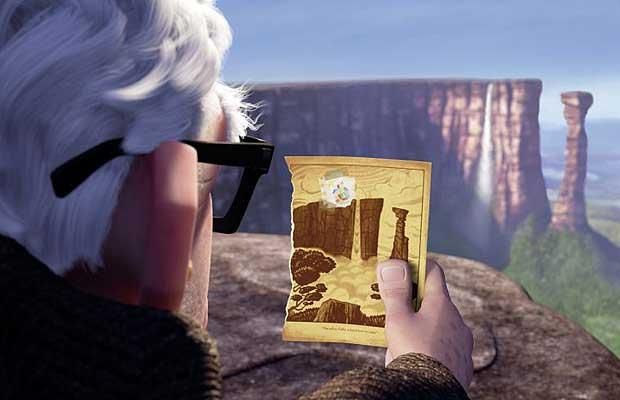Impartiality and curiosity often allow us to make the most amazing discoveries in the most ordinary things, we thought and decided to look at Latin America through the prism of animation films.
Here are 5 animated films that were inspired by the cultural and natural heritage of Latin America, and therefore all of them carry this unique regional and national imprint.
5. Metegol, 2013
Country: Argentina, Spain / Director: Juan José Campanella

Argentino-Spanish film Metegol by Juan José Campanella, filmed by the classic standards of American animation production, at first seems unrevealing its national flavour.
High-budget and technically advanced by Latin American standards, the film, which received the Goya award in 2014, was of particular popularity in Argentina. It is easy to guess that it is not so much a matter of patriotism as of the topic since football is an important element of the Argentine national character, part of the culture and the most popular sport in the country. More than 90% of all Argentines claim to be football fans.
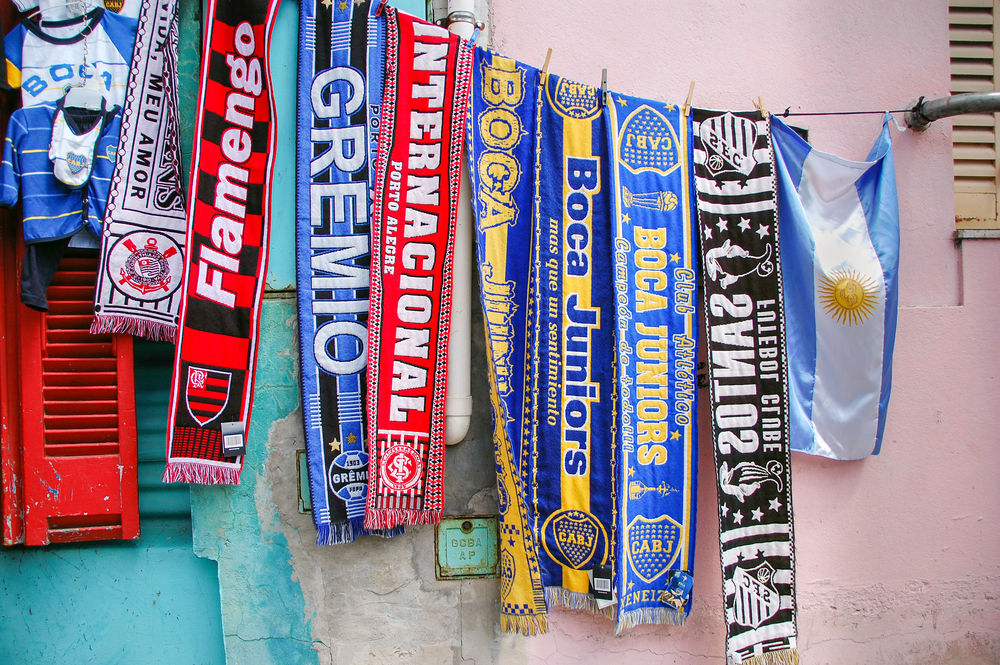
The idea of the film was based on a short story about football by Argentine writer and famous cartoonist Roberto Fontanarrosa.
But this film is certainly not just about football and what surrounds the sports industry. It tells the story of Amadeo, who once beat a neighbour at foosball. Over the years, the same boy, having become a sports star, returns to his hometown to avenge his only defeat. A rematch is inevitable. It will take place in a huge stadium in front of the whole town. And Amadeo can only rely on the help of living foosball figures. Not without humour, the script covers the themes of friendship, mutual assistance, the will to win, and even the topic of fathers and children. And although this animated film may seem simple to the sophisticated viewer, watching it you can definitely feel a little like an Argentine, having experienced a real sports excitement.
4. Up, 2009
Country: USA / Directors: Pete Docter, Bob Peterson
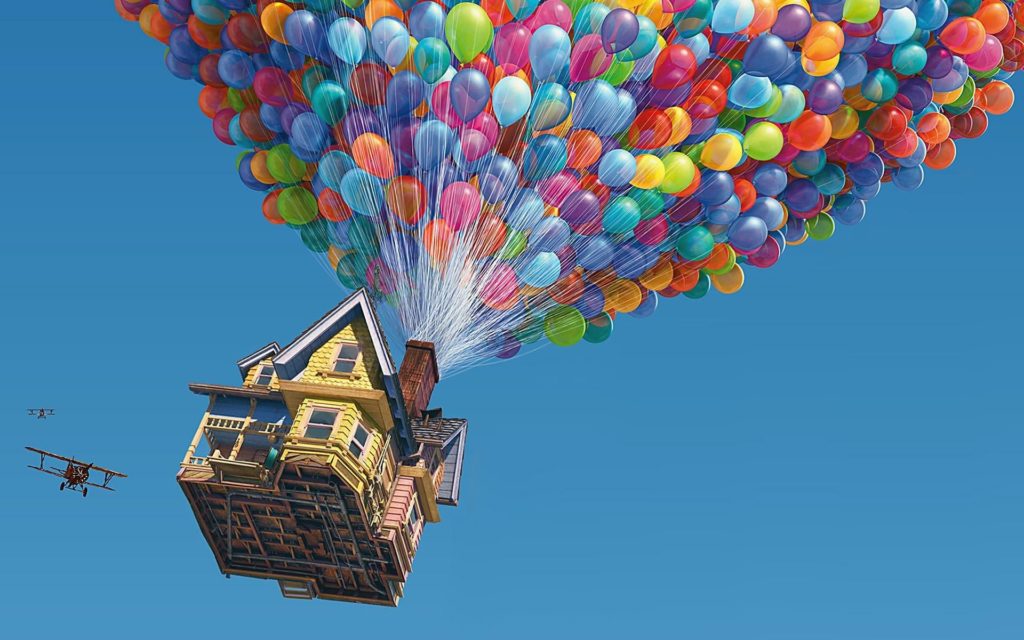
For the first time in history, an animated film opened the 2009 Cannes Film Festival. It was the film Up produced by Disney and Pixar. In 2010, the film Up received two Academy Awards – one for Best Animated Feature and the other for Best Original Song, as well as two Golden Globe Awards in similar nominations.
Perhaps a decade after the release of this extremely successful animated feature, you still remember the charm of a house flying on balloons, which embodied an escape from the notorious reality towards a dream. But can you remember that the destination of the protagonist – the widower Karl – was a Paradise Falls lost in the jungle of South America?
Despite the fact that the Paradise Falls is nothing more than a symbol of adventure, the symbol, which is not as important as the eternal ideals of friendship and loyalty, its prototype is quite real. Angel Falls, located in the wilderness in eastern Venezuela, is the world’s highest with a continuous water free fall of 807 meters.
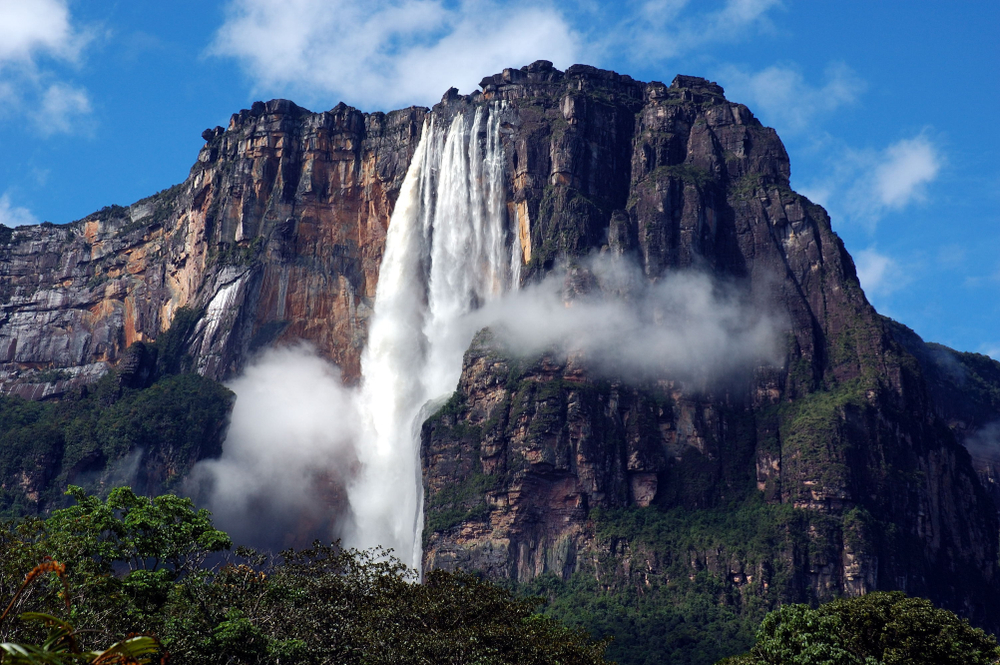
Yes, truesome South American views are just a nice bonus to a very kind, slightly chaotic and crazy story. But this story teaches, above all, that there is always a room for the dream. And the enchanting panoramas allow you to create an incomparable taste of a lost miracle, which can only be discovered by a fearless and strong-minded adventurer accompanied by loyal friends.
3. Boy and the World, 2013
Country: Brasil / Director: Alê Abreu

The film Boy and the World (port. O Menino e o Mundo) is an ingenious auteur work that was favourably received by the professional film community. The feature won many international awards, including the Best Animated Feature at the 2013 Havana Film Festival and Grand Prix at the 2014 Annecy International Animated Film Festival. In 2016, it was nominated for Oscar.
It might be more sophisticated than all the other selected films and less for kids. He is hardly capable of appealing to most viewers, but his touching style, as well as his ambitious attempt to address a whole spectrum of social problems only through visual effects, will surely find its audience. Imagine, in the whole 80-minute film there is not a single articulate phrase, and the fictional language the characters sometimes speak is Portuguese vice versa.
The director Alê Abreu created the illustrations by hand. And this slightly primitive two-dimensional picture creates a completely unique charm. It is the main advantage of the cartoon. The main character, a little big-eyed boy, left his cosy little world in search for his beloved father and came face to face with modern society the exposure of which is made absolutely ruthless and graphic. This slightly sad, but light and emotional story could have happened in any part of the world, but the fountain of colours and an attractive soundscape unmistakably evoke associations with Brazil.
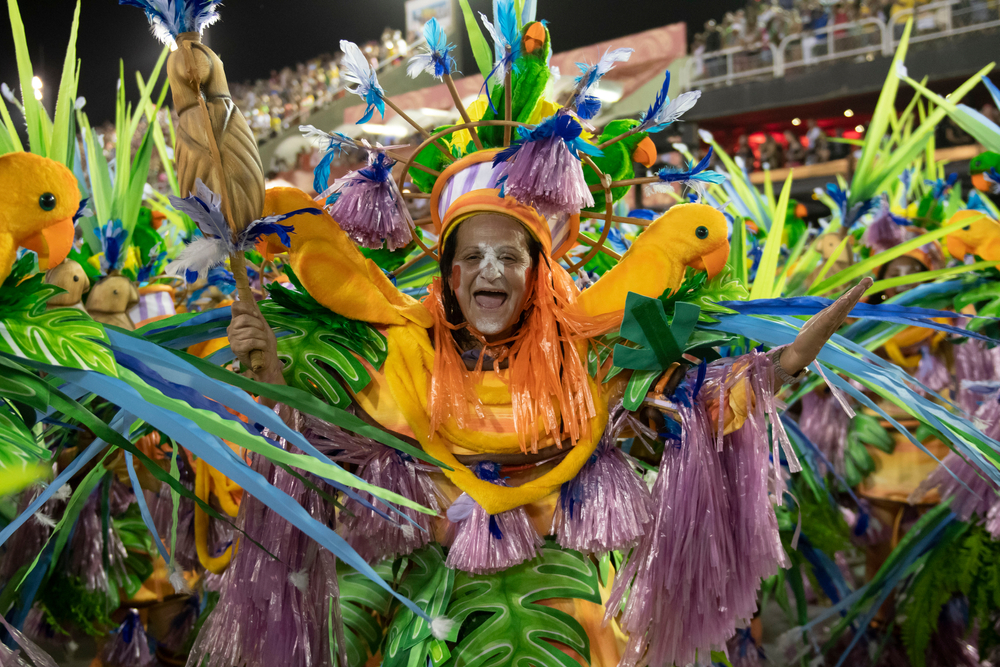
2. Book of Life, 2014
Country: USA / Director: Jorge R. Gutiérrez
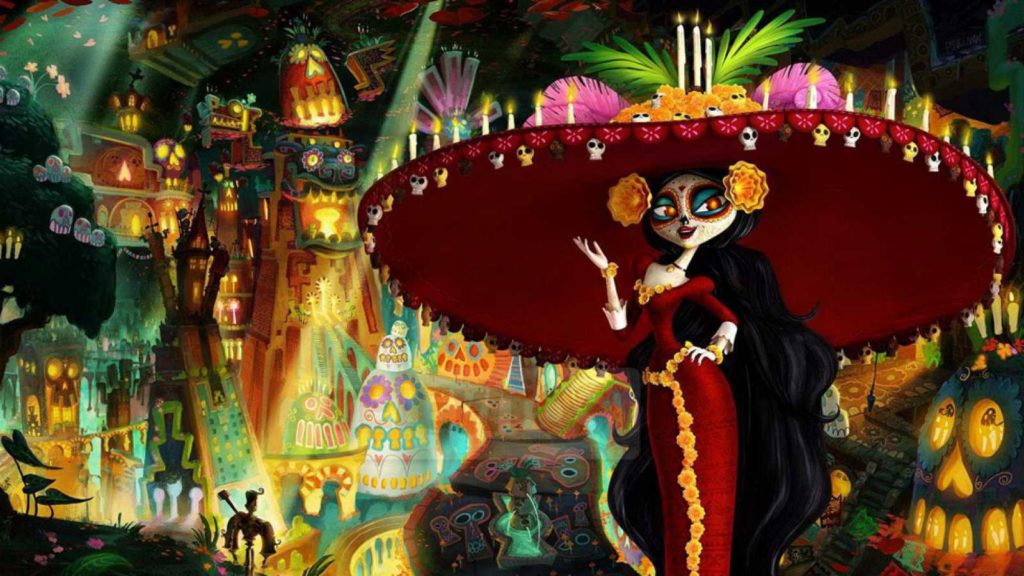
Released in 2017, the animated film Coco by Disney and Pixar, with its two Academy Awards for Best Animated Feature and Best Original Song is well-known. Meanwhile, our selection includes The Book of Life by Mexican-born American director Jorge R. Gutiérrez, produced by the renowned Guillermo del Toro, but lacking the strong backing of the animation giant Disney.
Both films address one of the most important cultural traditions of Mexico – the celebration of the Day of the Dead. But not so perfect in terms of plot, drama and depth of the characters, The Book of Life is a real visual magic. Drawing on the tradition of Mexico’s El Día de los Muertos (Spanish: el Día de los Muertos), the film recreates the wondrous atmosphere of Mexico’s most colourful national holiday by means of fantastically intricate imagery, vibrant visual effects and catching songs.
It tells the story of the torero Manolo, who on the Day of the Dead takes a journey through the underworld to reunite with his beloved and find himself. And it refers not only to the theme of romantic love, but also friendship, family values, finding oneself and even such a difficult topic as death.
The Day of the Dead, despite its immense popularity in Latin America and its worldwide fame, remains a rather unusual phenomenon for foreigners who can only envy the ironic attitude of Mexicans towards death. This holiday enchants us with its attributes like skeletons and skulls, as well as songs in cemeteries, which are chanted by mariachi invited by caring relatives.
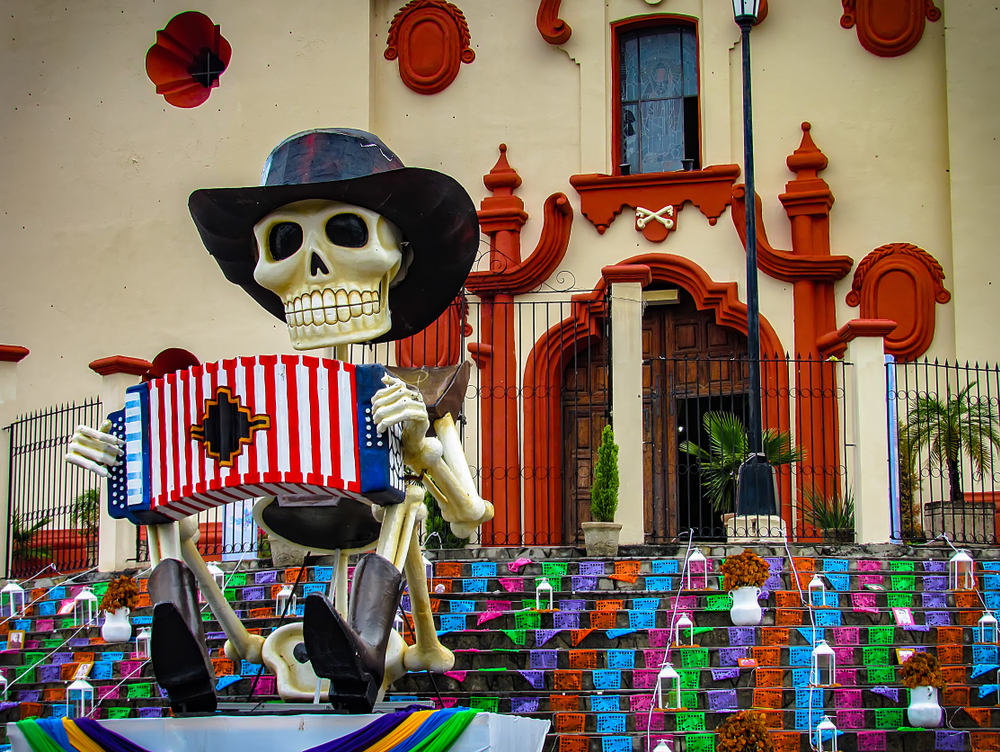
- Pachamama, 2018
Country: France / Director: Juan Antin
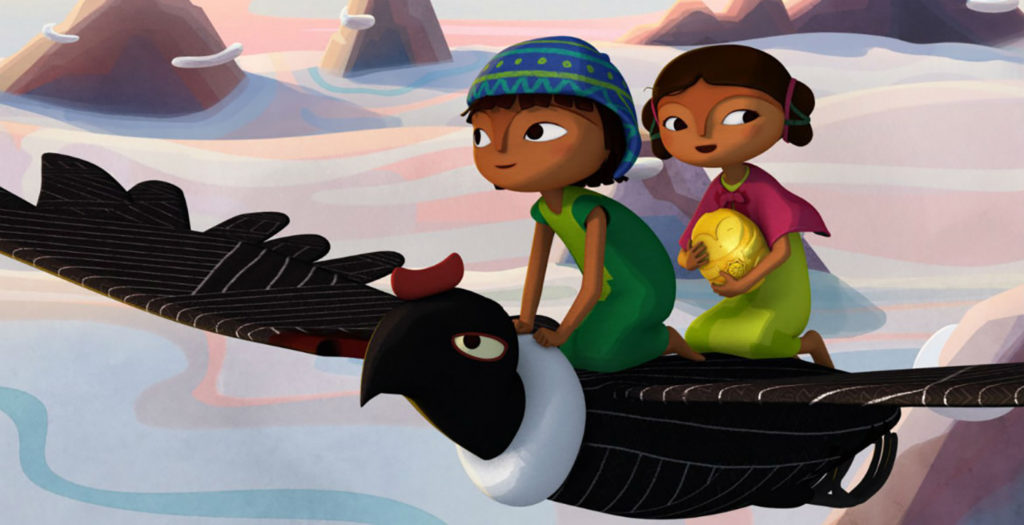
The word Pachamama comes from the Quechua language. Pachamama is a goddess in the mythology of most of the pre-Columbian civilizations of the Andean region, revered Mother Earth. And the story of a little boy, Tepulpaï, unfolds around these deep and not always easyfollow beliefs. Tepulpaï lives in a small village, lost in the Andes in the epoch of the Spanish conquest. He dreams of becoming a shaman one day. However, before this happens, he must understand the true meaning of worshipping the great Pachamama and save his village.
Argentinean film director Juan Antin has created a bright and colourful animated film for children that can captivate with its simple but instructive storyline from the very first moments. One of the goals that the director set himself was to emphasize a more respectful attitude of pre-Columbian cultures towards nature. The graphics were inspired by the pre-Columbian sculptures. Its features can be seen in the appearance of the characters. And the bright colours and geometric patterns of the landscapes and clothes refer to the samples of ceramics and fabrics of the pre-Columbian cultures of northern Argentina. All this is successfully used to create vivid images.
The music is of particular interest. Throughout most of the film, recreated musical instruments of the pre-Columbian era are used, such as the Mayan flutes or whistling vases, which may have been used as musical instruments in pre-Columbian America. Only with the arrival of the Spanish conquerors do the audience hear the sounds of the Spanish guitar and other European musical instruments.
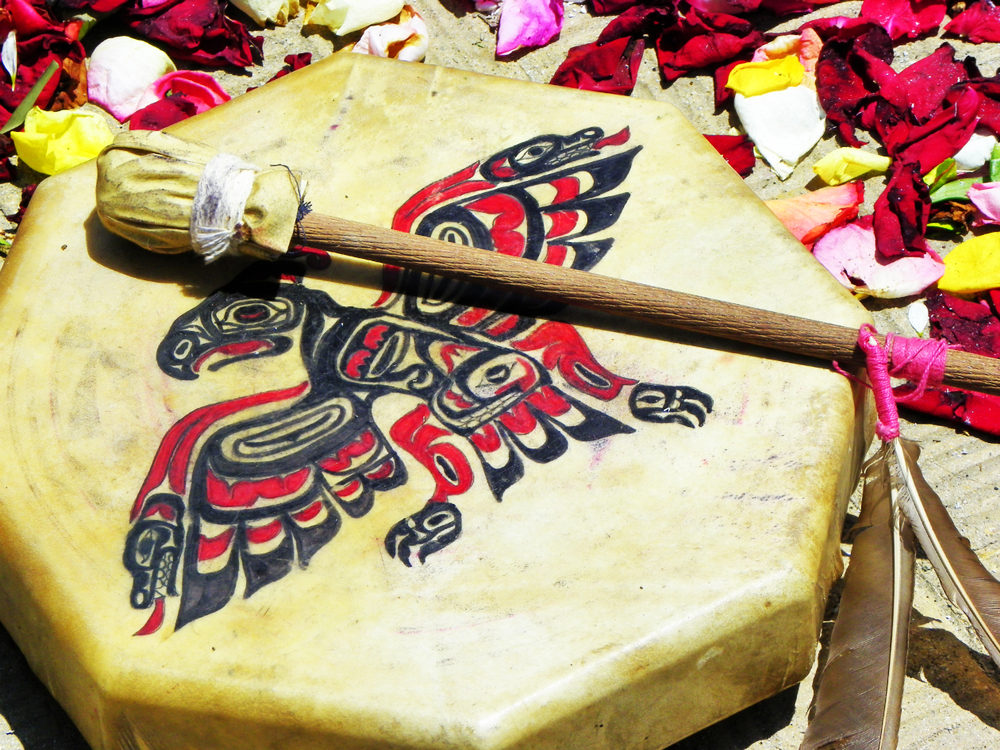
Pachamama wasn’t made for the big screen, but that doesn’t make the film any less attracting. On the contrary, betting on the streaming allows it to find a wider audience interested in watching something different from the stereotyped canons of high-budget animation, or not as complicated as the auteur in a sense political statement of Alê Abreu.
Many people believe that animated films are intended to entertain, sometimes educate. However, to inspire is also essential. Sometimes the simplest things, like an evening film watch, can inspire us to learn distant countries and cultures. It is enough to use imagination and go beyond usual.

